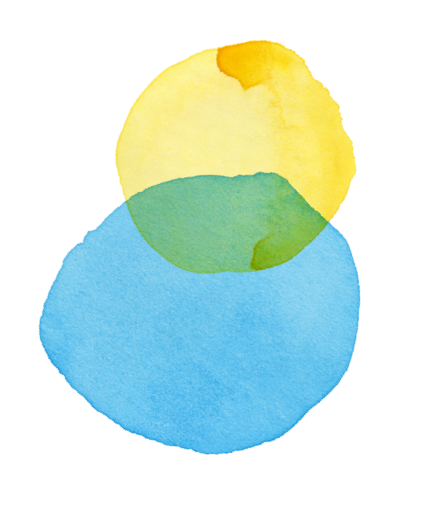Example for Grade 8: Explanatory – Memory Training - ID: 1020
Memory Training


Student Response
In order for people to have an improved memory, they need to exercise their brain. To do this, one first needs to be aware of the three types of memory. These are short-term, long-term, and sensory. After you are informed of the types of memory, you are able to start exercising your brain.
The three types of memory are significant in the understanding of how your memory organizes things. First of all, there is sensory memory, your brain remembers things for a split second after you’ve finished looking at them. The sensory part in your memory also requires your eyes and brain to work together. It only clings to pictures and ideas for a few seconds, before letting them go into the abyss. If you fail to think about the picture or idea, it will fade away with sensory memory.
Another type of memory is short-term memory, where your brain only holds onto details and facts for as long as you are thinking about them. For example, if you are at the grocery store, with your list stored in your short-term memory, and turn around to grab the sour cream, only to notice they’ve moved it. When you go to look for the sour cream, within 20-30 seconds you will forget whatever else was on your list. “Short-term memory stores what you are actively thinking about at any given moment.” (Source 1) If you keep thinking about a specific thing for a long amount of time, it will eventually get stuck in your long-term memory.
Last of all is long-term memory. Your long-term memory is used to remember large events that happen in your life. Long-term memory remembers all your information for you and helps you sort it all out. It remembers ideas, experiences, and information even after you have stopped thinking about them. When you study and do well on a test, you have used long-term memory in order to remember the information. “Scientists believe that over the course of a lifetime, the long-term memory has stored vast amounts of information. Much more than an encyclopedia!” (Source 1) In conclusion, the events that happen in your life are all categorized and stored using the three types of memory.
To improve your memory there are many abstract techniques different people all around the globe use. One of these strategies is to associate things with places. Say, if you going shopping, and you need to remember your list “Picture a building you know well, perhaps your own house. Now imagine each item in a different part of the house. Marshmallows strung like pearls… A graham-cracker fan on the coffee table. Chocolate bars popping out of the toaster.” (Source 2) That’s when you remember! Your mother needed you to grab ingredients for s’mores! In order to remember what you needed, you built yourself a “memory place” so you would remember the list of items you forgot to grab off the counter.
Another thing to use to try and remember things, like names and faces, is a picture. Say you just met that new kid in your class. Her name was Briana. Why would you remember this? Well, you used the technique where you associated the girl’s name with an object. Briana sounds a bit like banana, so that’s how you remembered. Also, her hair was blond, or yellow, like a banana. From that day on you did not forget Briana’s name. Another strategy similar to this one is numbers. You have to remember the number 5427. First, you need to think of people you are fond of and turn them into numbers through 10. Then, take numbers 5, 4, 2, and 7. You should associate the people with the numbers and not get confused later on. (Source 2) In conclusion, there are many forms of remembering things in a certian order.
To conclude, there are many ways to improve your memory. Starting out with knowing and understanding the three types of memory. They are sensory, long-term, and short-term. Also, there are many ways of improving your memory by getting things into your long-term memory. These include the places idea, the faces to pictures technique, and the numbers example.

 Explanatory
Explanatory